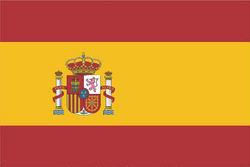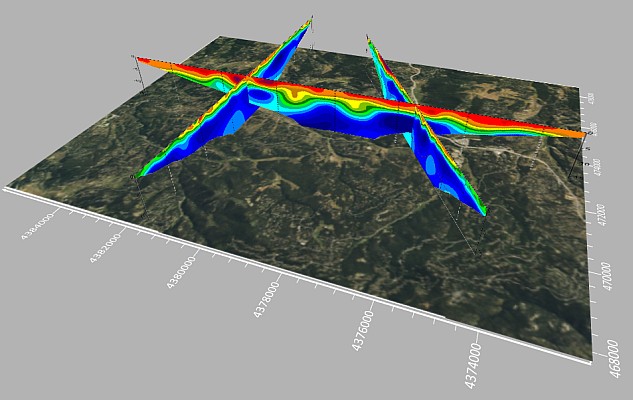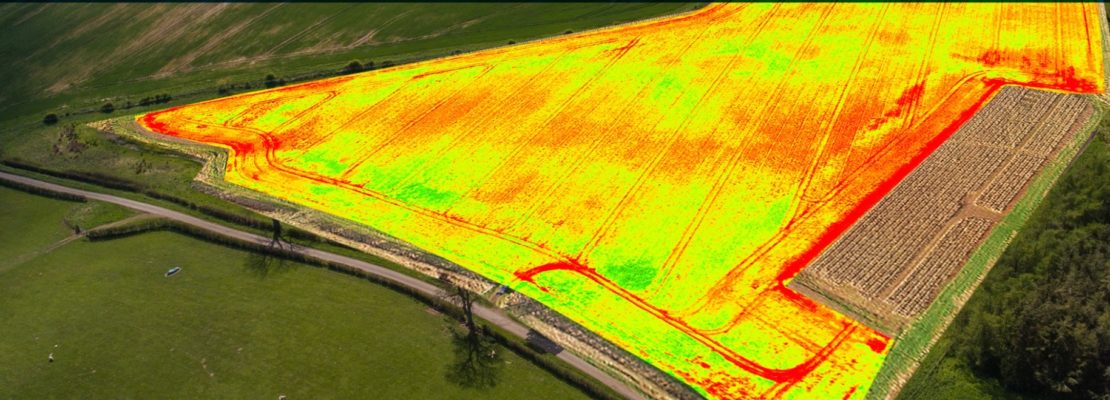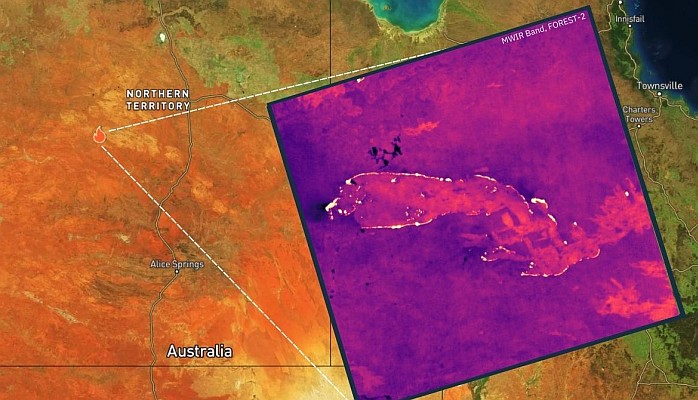The Open Geospatial Consortium (OGC) membership has adopted Version 2.0 of the OGC City Geography Markup Language (CityGML) Encoding Standard.
 CityGML is a community defined information model and XML-based encoding for the representation, storage, and exchange of virtual 3D city and landscape models. CityGML provides a standard model and mechanism for describing 3D objects with respect to their geometry, topology, semantics and appearance, and defines five different levels of detail. CityGML is highly scalable and datasets can include different urban entities supporting the general trend toward modeling not only individual buildings but also whole sites, districts, cities, regions, and countries.
CityGML is a community defined information model and XML-based encoding for the representation, storage, and exchange of virtual 3D city and landscape models. CityGML provides a standard model and mechanism for describing 3D objects with respect to their geometry, topology, semantics and appearance, and defines five different levels of detail. CityGML is highly scalable and datasets can include different urban entities supporting the general trend toward modeling not only individual buildings but also whole sites, districts, cities, regions, and countries.
CityGML provides much more than 3D content for visualization by diverse applications. It allows users to share virtual 3D city and landscape models for sophisticated analysis and display tasks in application domains such as environmental simulations, energy demand estimations, city lifecycle management, urban facility management, real estate appraisal, disaster management, pedestrian navigation, robotics, urban data mining, and location based marketing. Because CityGML is based on the OGC Geography Markup Language Encoding Standard (GML), it can be used with the whole family of OGC web services for data accessing, processing, and cataloging.
CityGML has been implemented in many software solutions and is in use in many projects around the world. In National Spatial Data Infrastructure programs in the Netherlands, Germany, France, Malaysia, Abu Dhabi and other countries, CityGML provides an important platform for the transition from 2D to 3D data. It also plays an important role in bridging Urban Information Models with Building Information Models (BIM) to improve interoperability among information systems used in the design, construction, ownership and operation of buildings and capital projects.
In comparison to Version 1.0, CityGML Version 2.0 defines additional feature types and new feature properties including new thematic modules for tunnels and bridges; the ability to model footprint and roof edge representations for buildings in order to allow users to derive 3D models from existing 2D building data; and generic attribute sets, allowing users a more powerful way to customize CityGML without the need for additional coding. Since all elements of Version 1.0 were preserved, CityGML 1.0 files can easily be converted into V2.0 by a simple substitution of the namespace values. A comprehensive test dataset illustrating all data concepts and structures is available for download at CityGML website.
CityGML was originally defined and submitted to the OGC by the Special Interest Group 3D (SIG 3D) of the Spatial Data Infrastructure Germany (GDI-DE), which has also substantially contributed to and implemented the current version of CityGML.








